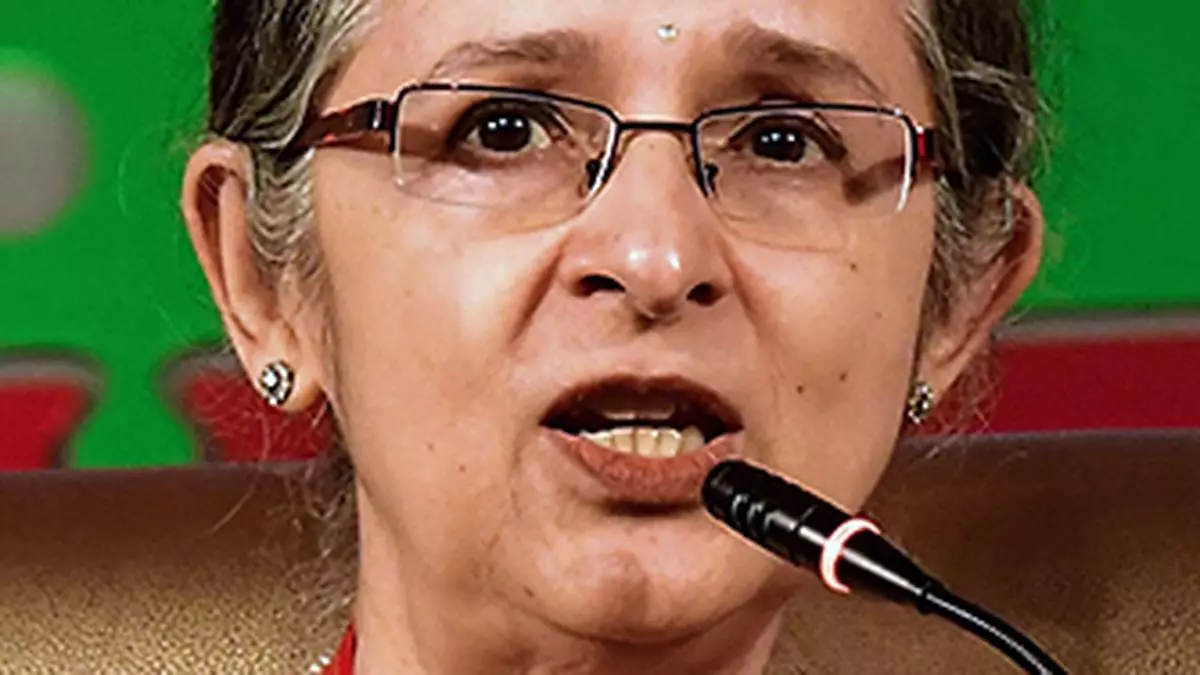Repo rate cut will prevent retail interest rates rising to unbearable levels: MPC member Ashima Goyal
While risk-based pricing is required, a cut in repo rate will prevent retail interest rates rising to unbearable levels, according to monetary policy committee (MPC) member Ashima Goyal.
“Spreads are high in India. Average loan rates are in double digits….There may be some stress in loans to self-employed. If leverage is rising, lower interest rates reduce costs and a possible indebtedness trap… Despite some initial reduction after a repo cut, rising loan demand and slower deposit growth will tend to raise both loan and deposit rates,” Goyal, who is also, Emeritus Professor, Indira Gandhi Institute of Development Research, Mumbai said in the latest MPC meeting.
Along with Jayanth R Varma, Professor, Indian Institute of Management, Ahmedabad, Goyal had pitched for a 25 basis points cut in the repo rate at the MPC meeting held between June 5 and June 7.
Credit growth
Goyal observed that seasonally adjusted monthly momentum in credit growth is slowing somewhat since January 2024 especially as sectoral prudential regulation moderates building up of excessive leverages. This regulation is preventive and reduces the need for monetary rate action that has broad effects.
In response to the cumulative 250 basis points (bps) hike in the policy repo rate (from 4 per cent to 6.50 per cent) since May 2022, banks have revised their repo-linked external benchmark-based lending rates (EBLRs) upward by the same magnitude.
One basis point equals one-hundredth of a percentage point.
The 1-year median marginal cost of funds-based lending rate (MCLR) increased by 175 bps during May 2022 to May 2024, according to RBI’s latest monthly bulletin.
Consequently, the weighted average lending rate (WALR) on fresh rupee and outstanding rupee loans increased by 204 bps and 111 bps, respectively, during May 2022 to April 2024.
The weighted average domestic term deposit rate (WADTDR) on fresh deposits and outstanding deposits increased by 245 bps and 188 bps, respectively, during the same period.
